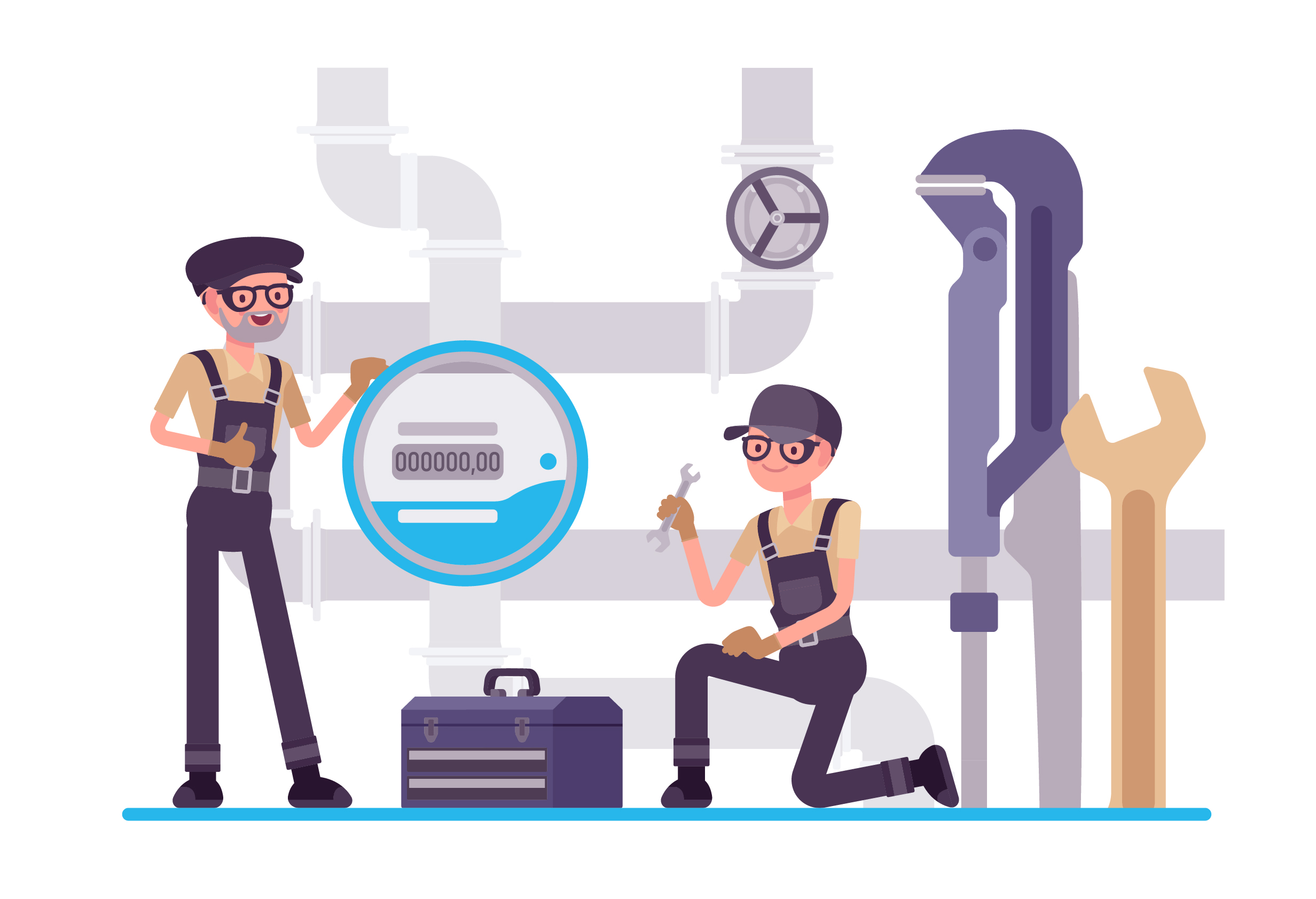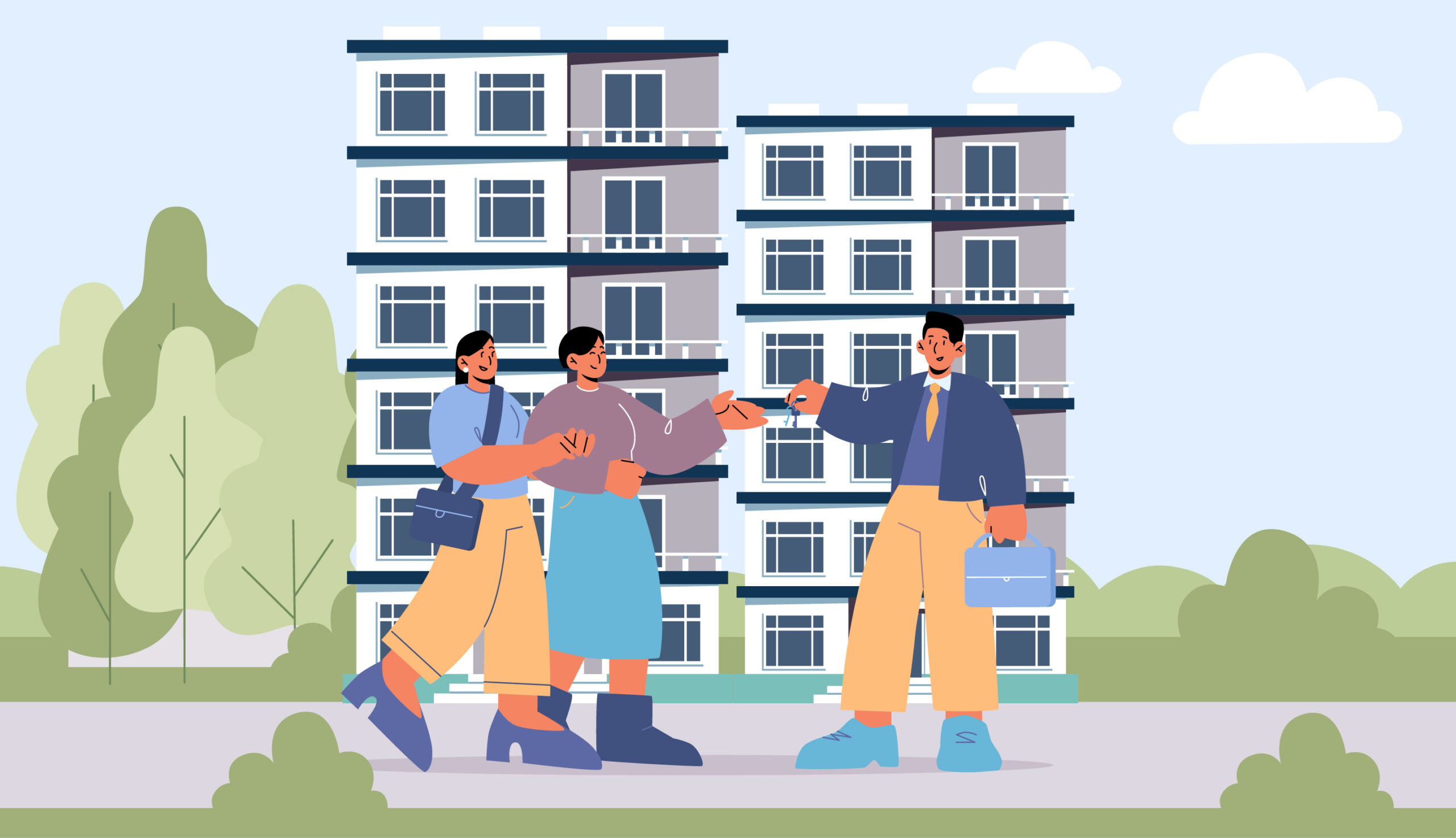A smart community is about more than technology

While technology is without a doubt an integral part of what goes into creating smart communities, a truly smart community is defined by much more.
Most conversations on smart living automatically lead to discussions on the latest gadgets available in the market, which then leads to talk about the investments involved and, hence, how it is only meant for the rich and affluent. The notion stems from a popular misconception that building smart communities is just about technological solutions. This could not be further from the truth.
I believe that no single solution can improve quality of life in isolation – they must be integrated in a way that delivers real value for residents. For example, having the latest security cameras is not going to make a difference if they cannot distinguish between residents and outsiders. In the same way, smart meters can provide raw data on utility consumption, but this will only prove useful if it is easily accessible and presented in a manner that can be understood. This is why technology forms just one pillar of an overall approach towards building smart communities. Environment, planning and architecture and social innovation are all equally important.
So, what constitutes a smart community?
I would define a smart community as an interconnected network of residents, businesses and service organisations who leverage the smart use of technologies for economic growth, social benefits and environmental sustainability. Such communities exist in sustainable and self-sufficient environments that encourage social interaction and are resilient in the face of increasing pressures.
To create a truly smart community, a people-first approach needs to be integrated right from the planning and design phase. Maintaining and improving liveability for residents should be the number one priority. There are many design elements that can be included to make a community more inclusive. For example, something as simple as incorporating access ramps for the differently-abled into the middle of paths instead of at the sides can have a positive impact. Similarly, facilities like carpooling and a Library of Things can make a community more inclusive and increase quality of life with minimal investment required.
In India, there are currently various companies offering different solutions. These include popular solutions like gate management, smart metering, water management and so on. However, the efficacy of these products is somewhat diminished because the solutions are installed in silos – hence it is imperative to understand residents’ needs and deliver integrated solutions that have a concrete positive impact. For example, considering smartphones are the most used device by the majority of the population, we can provide residents access to all community services through an easily accessible app.
Another issue in many communities is that residents don’t know who to turn to for assistance when issues arise. This is where the Community Manager comes in. They can help solve issues by being proactively resourceful, providing the necessary help or connecting residents to those within the community itself who can help.
A smart community is much more than its gadgets – it is inclusive, accessible and safe for all.
Mukund Deogaonkar
Director
Planet Idea India


